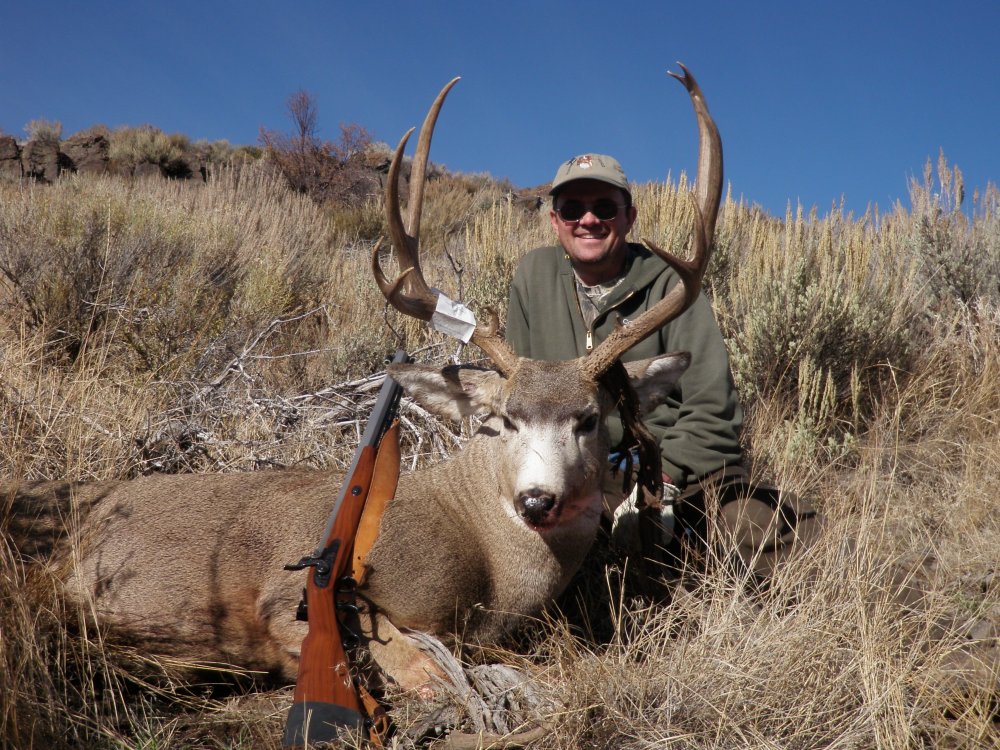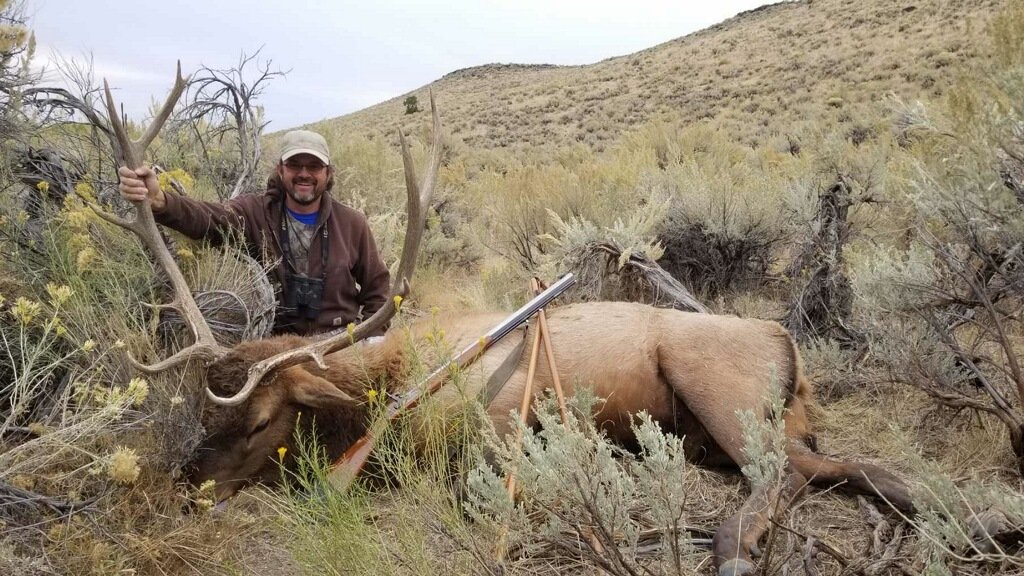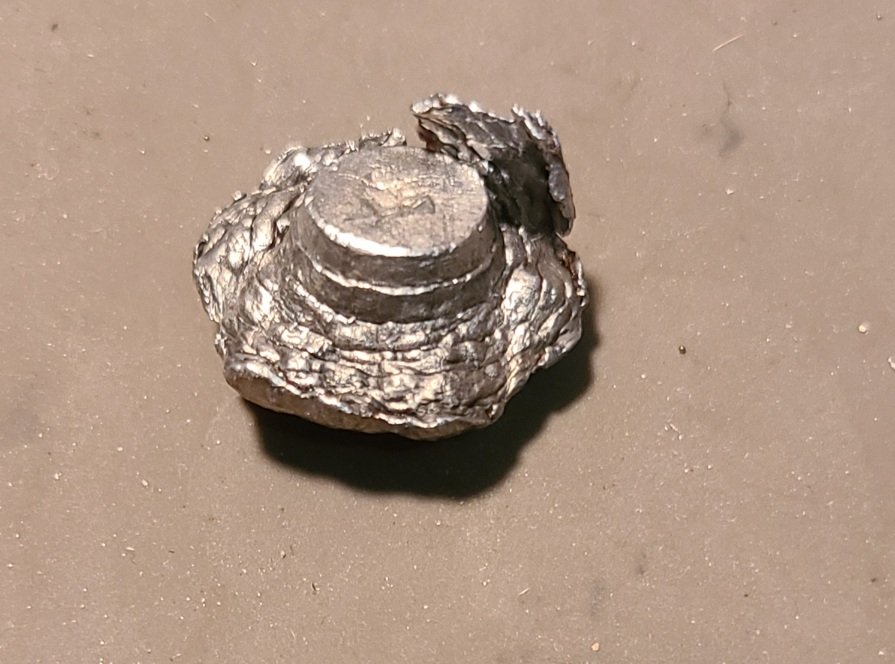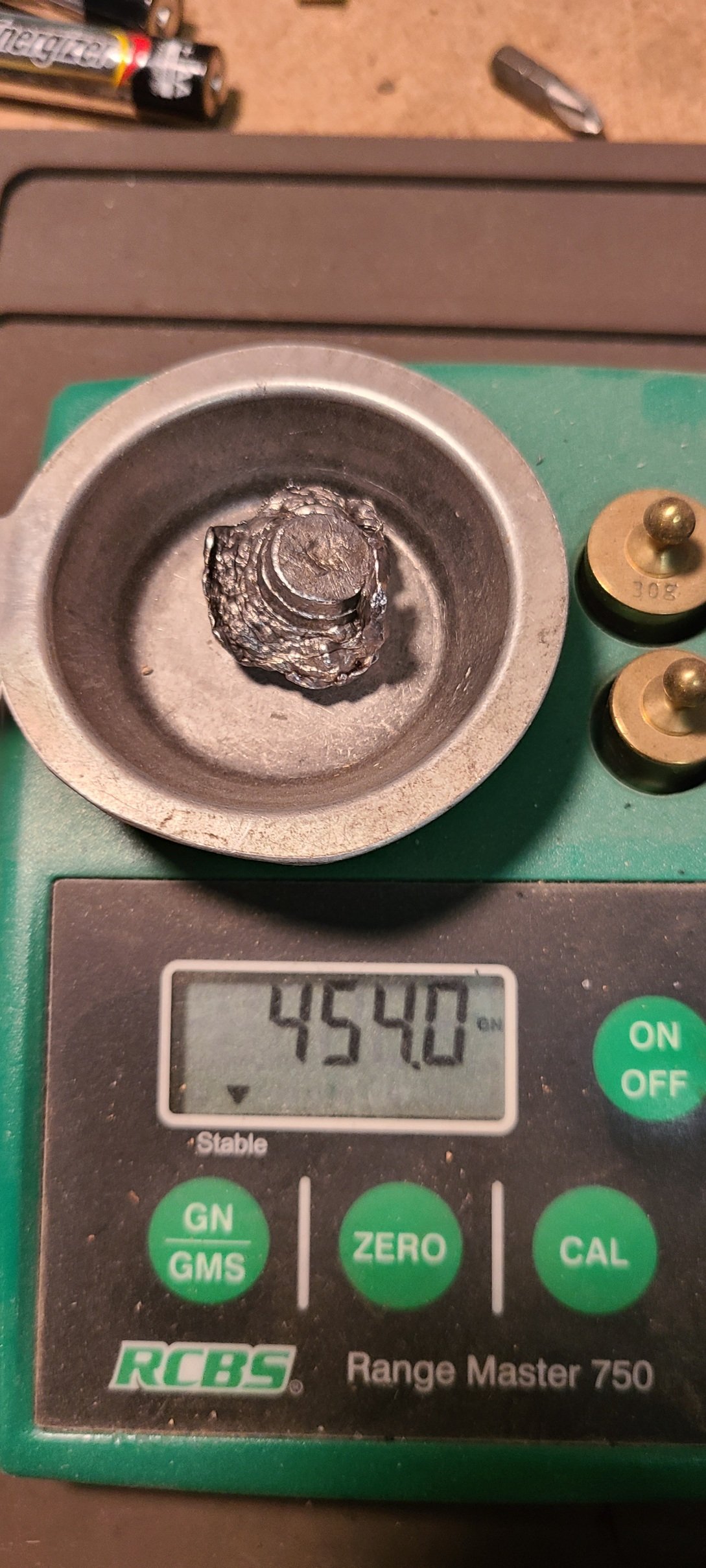A rod by definition is 5.5 yards.220 yards is not equal to 40 rods!
40 rods is 220 yards.

A rod by definition is 5.5 yards.220 yards is not equal to 40 rods!




Fleener,Farmer
Are you in the USA? Where? End of March is the Creedmoor 150 match in Oakridge TN that Rick Weber host. Great match and a good time. I drove 28 hours round trip last year just to attend and have fun as my shoulder issues did not allow me to shoot.
We will be shooting out to 1,000 yards with PP and grease groove bullets.
If you think these rifles are cool and you like history, dig into the Creedmoor matches that were held between the USA and Irish. David has a book that he has written on it and another is if memory serves me correctly, "Irish Riflemen in America"
Fleener
Idaho,I am surprised that you didn't find anything if you did a search here or on google. All of my paper patching is for hunting mostly.
Back in 2007 I was trying to find a suitable replacement for the soon to disappear 410 gr 50 cal Hornady Great plains bullet.
I tried several bullets including the REAL, and the Lyman plains bullet, and just didn't like any of them. I read a story in a magazine about the Whitworth and paper patching. I got the idea to try paper patching the Lee 500 S&W bullet. No one at that time was hunting with paper patched Lee 500 S&W bullets. I bought the mould and a Lee .501 sizer. My first try was promising. I found a load that the gun liked and started to play with lead hardness. After almost two years of testing I launched them as hunting bullets in 2009.

That buck to my knowledge was the first animal taken with a 458 grain paper patched 500 S&W bullet.
Since then that bullet as accounted for a PILE of big game animals. One thing they all had in common was no one that was shooting these bullets ever found one in a animal. They all blow through. I found one in a cow elk in 2013. I shot here quartering to me. The bullet hit the shoulder and was found in the flank. That bullet shattered the shoulder and penetrated about 3 foot of elk.
in 2020 I was able to find the second one.

I have went on to paper patch a RCBS 11mm rifle bullet that has accounted for almost as much game as the 500 did.
I know that there are a lot of people that use both of those bullets as hunting bullets now. They work incredibly well.
Idaho,
I have to confess, I did do a search but thought it would be good to get more conversation started on the subject. Right now, I am more interested in the accuracy and ease of loading advantages of paper-patching than the hunting aspect. I found it very interesting that the Irish team shot more targets, without cleaning the bore, using their muzzle-loaders at Creedmoor than the breach-loaders they were shooting against.
You should definitely be proud of those kills! Beautiful animals. If you are loosing only 4 grains of bullet weight you’ve got it worked out, brother. Delivering a projectile of proper weight and hardnes, comparative to the velocity it will be traveling, is the formula of an effective and humane kill. Finding the projectile in the body of the deer, elk, etc. means it has delivered all of its energy and has performed to its full potential.
I have a section on my web site the covers the Creedmoor era, plus much on long range muzzle loading history and shooting today.I was totally unaware that the practice was used with muzzle-loaders to the extent that it is and reading more on the Creedmoor matches has peaked my interest even more.
David,I have a section on my web site the covers the Creedmoor era, plus much on long range muzzle loading history and shooting today.
David
Looking for that now. Sounds interesting!You should read the short story the Madman of Gaylord's Corner by Lucian Cary. One of his J. M. Pyne stories and one of my all time favorites. This is the type rifle you should try to duplicate. I can't remember how many times I have read it but I believe I'll dig it out and read it again tonight before I go to sleep.
That may be the case, but I'm not sure, that it was mainly a technical system of English. This type of patch or paper wrapping has been used in big games like the long-range Creedmoor games by American, English or French shooters and others. We've also had many military, or civilian weapons, firing paper-patched bullets in France...Paper patching originated with our British brothers ?
When I'm fooling around, after showoff target accuracy in my Parker Hale 53, I take the time to paper patch with onion skin paper - mind, not true rifled musketry, but wonderful to see those tiny groups. For a usual plinking session though, I do skip this process, simply lube dipping the .575 minie.This question is tied to the thread I posted on “The Gun Builders Bench” regarding my under-hammer build I’m starting. My intention is to replicate the style of a mid-19th century target rifle that coule have been utilized during the Civil War. Answers to my question below will help me decide on what caliber, .50 or .45, fast or slow twist rate for conical or round ball.
Has anyone ever heard of paper-patching a conical bullet in a muzzleloader? Wouldn’t this be a redundant operation, with no benefit to accuracy since the patched bullet will be making two trips through the barrel and thus increasing the damage to the patch or is this feasible? I’m just brainstorming here.
I have heard, don’t know if it is gospel truth, that some of the sharp shooters who used custom made target rifles during the Civil War loaded conical bullets rather than a patched round ball due to the conical being easier and faster to load. I’ve done some research on this but haven’t come up with anything to answer my question.

THANK YOU, for putting this on the forum to read and learn.Second part first, technically, the minnie ball was a conical designed to speed up the reload. The "three band" Enfield was reported to be very accurate and (iirc) used that conical bullet. I don't know if those credited with long range hits with it patched it with paper or not.
Now as to paper patching a conical, well in the first half of the 20th century, IF you were going to win anything shooting at 220 yards (40 Rods)... it was a paper patched conical bullet that you used. I don't think it was that new an idea. Did it go back to the ACW ?? That's a good question....
See The Muzzle-Loading Cap Lock Rifle by Ned Roberts for details.
LD
Enter your email address to join: